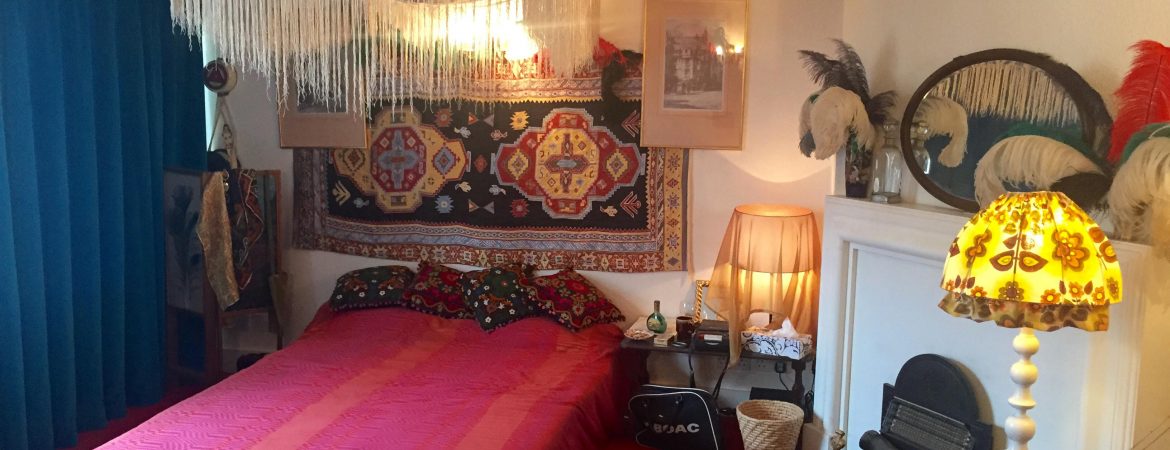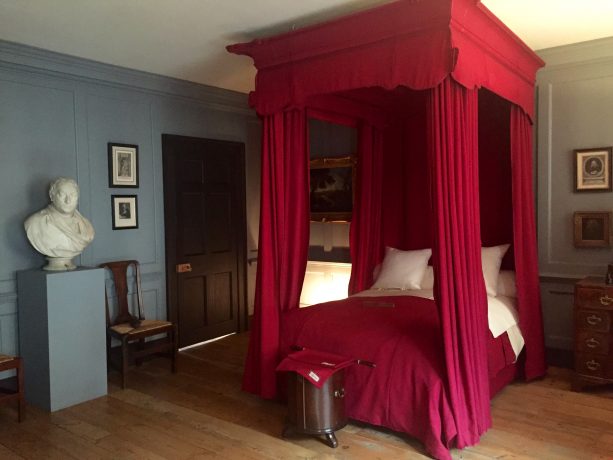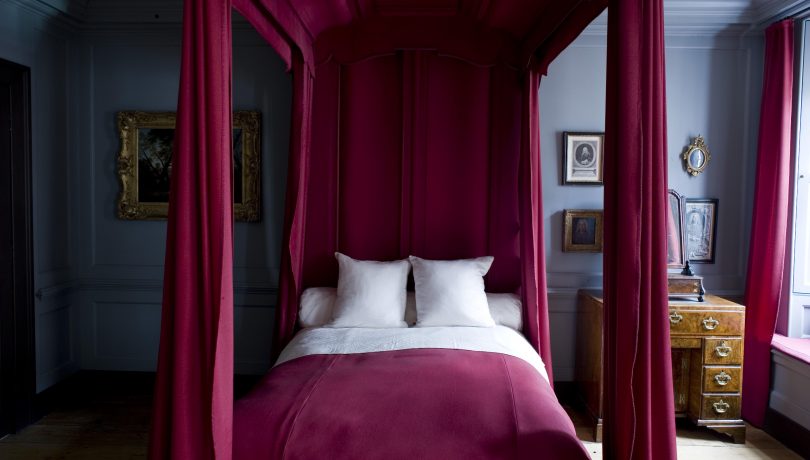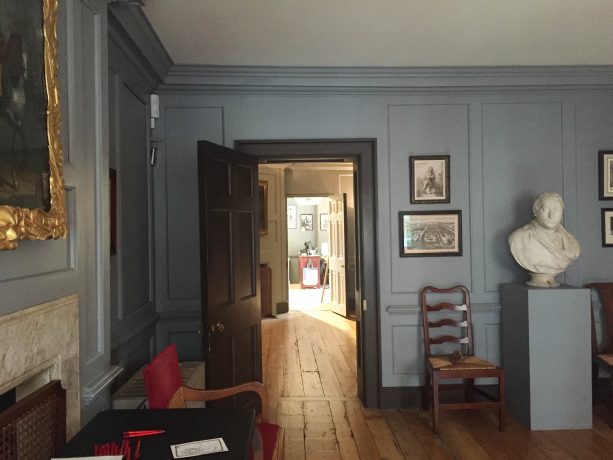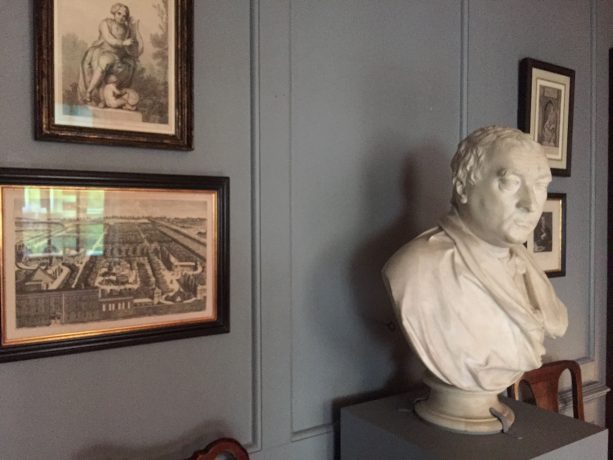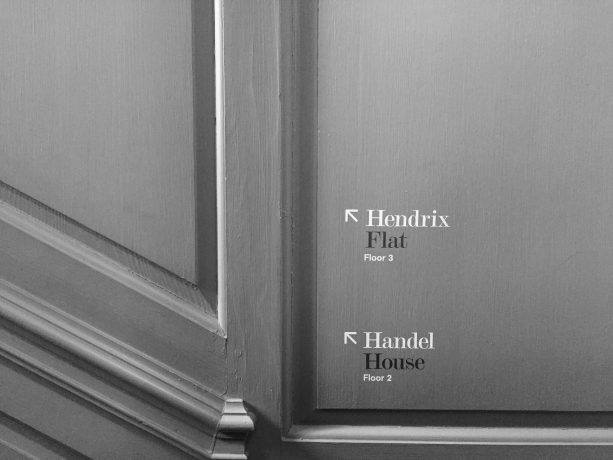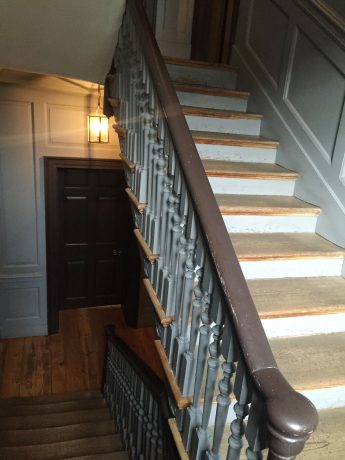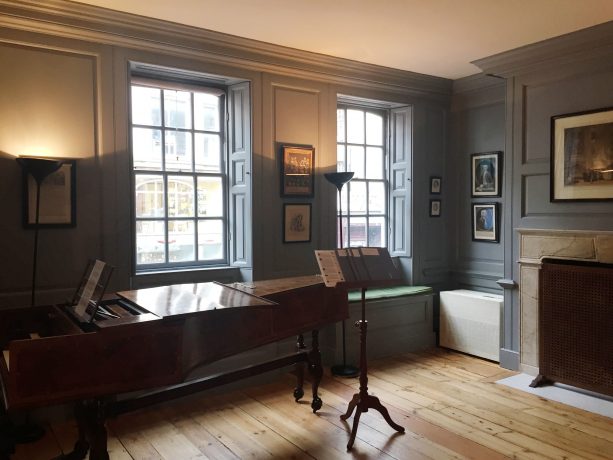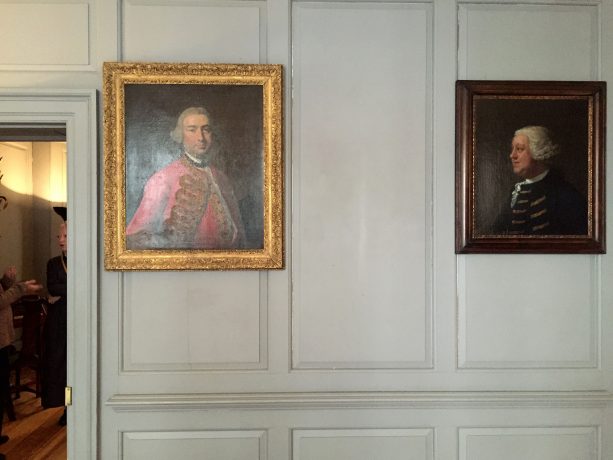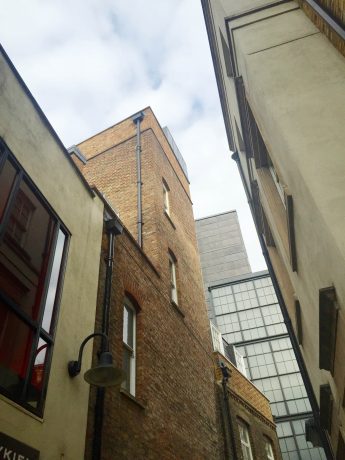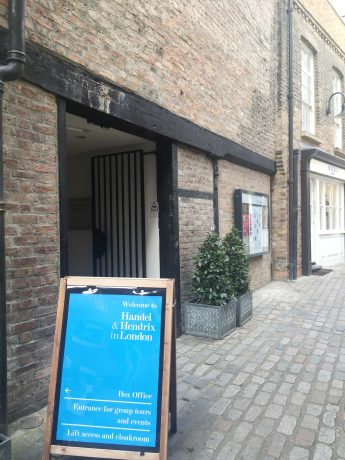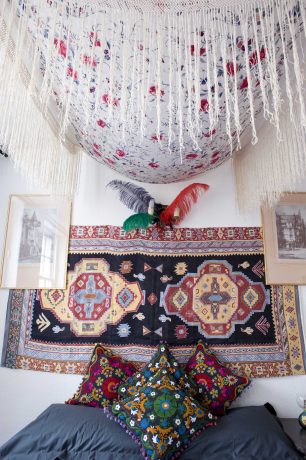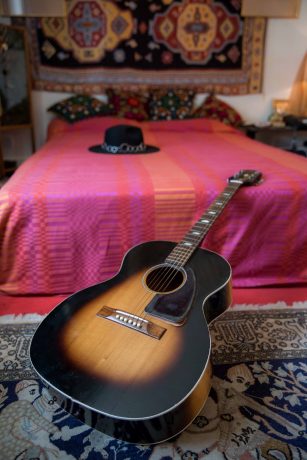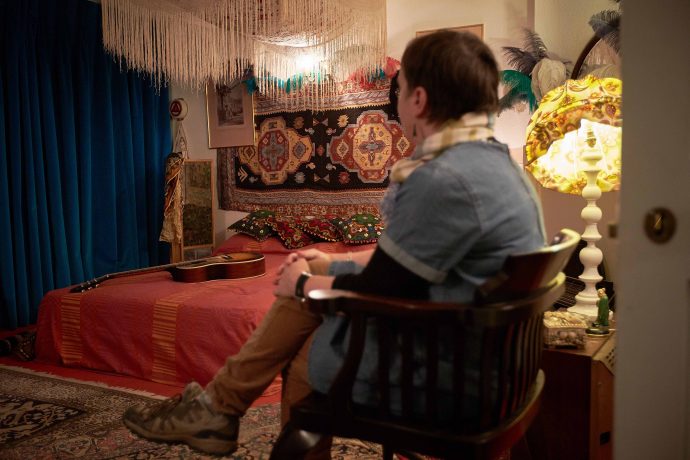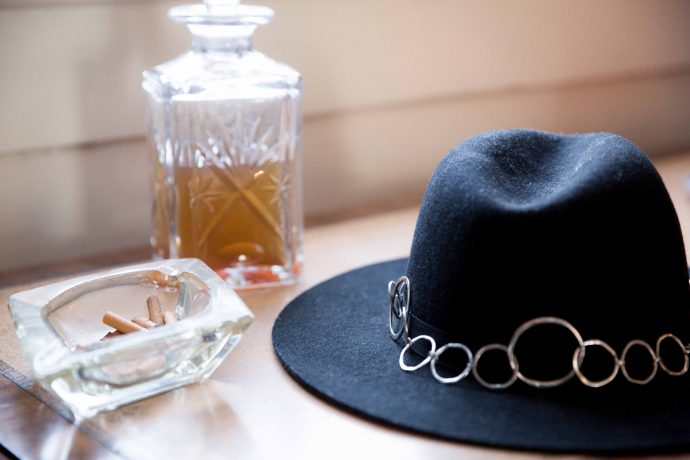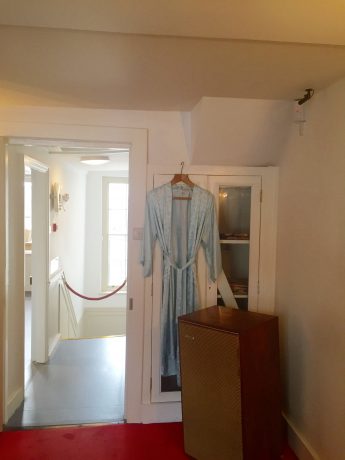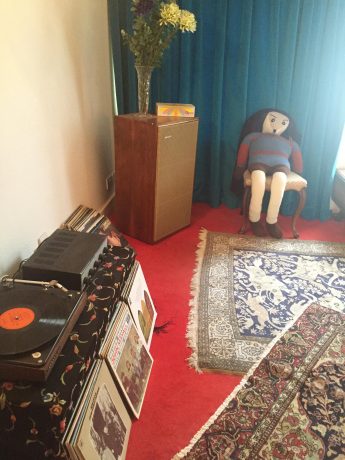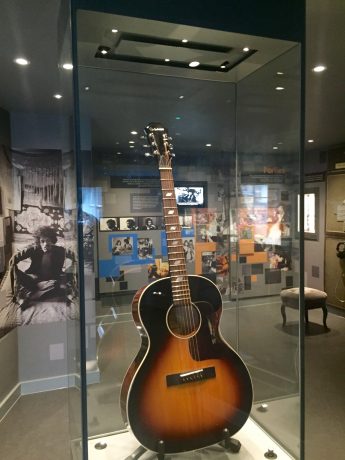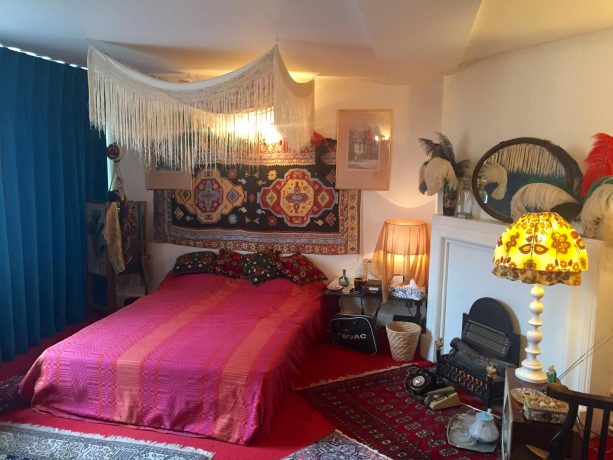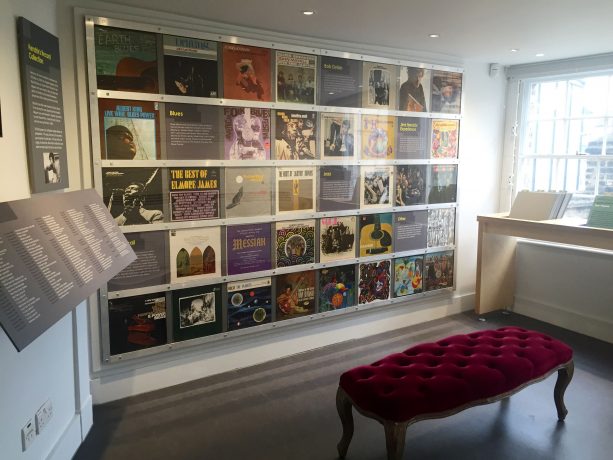We are at 25 Brook Street in front of a Georgian house in a quiet back street in Mayfair, London, which is where classical composer George Frideric Handel had lived and worked in from the years 1723 until his death in 1759. A colorful mural on the street leading to the house commemorates the composer and his musical achievements, who had penned the ‘Messiah’ whilst living here. A strange coincidence, which gives this museum a uniqueness different to many house museums, is that, more than 200 years on, the neighboring flat in 23 Brook Street was where rock ‘n’ roll icon Jimi Hendrix chose to live briefly with his girlfriend from 1968-1969, his flat separated by a mere wall from the old Handel’s house.
Despite the brief time he had lived here, Hendrix said of this house that ‘This is my first real home of my own’. It was not intentional that Hendrix had come to live in a place so very close to Handel’s, and when he found out about this fact it’s said Hendrix was as much amused about this fun coincidence as I was; two massive contributors to the music industry of two completely different genres who essentially became neighbors, separated only by time.
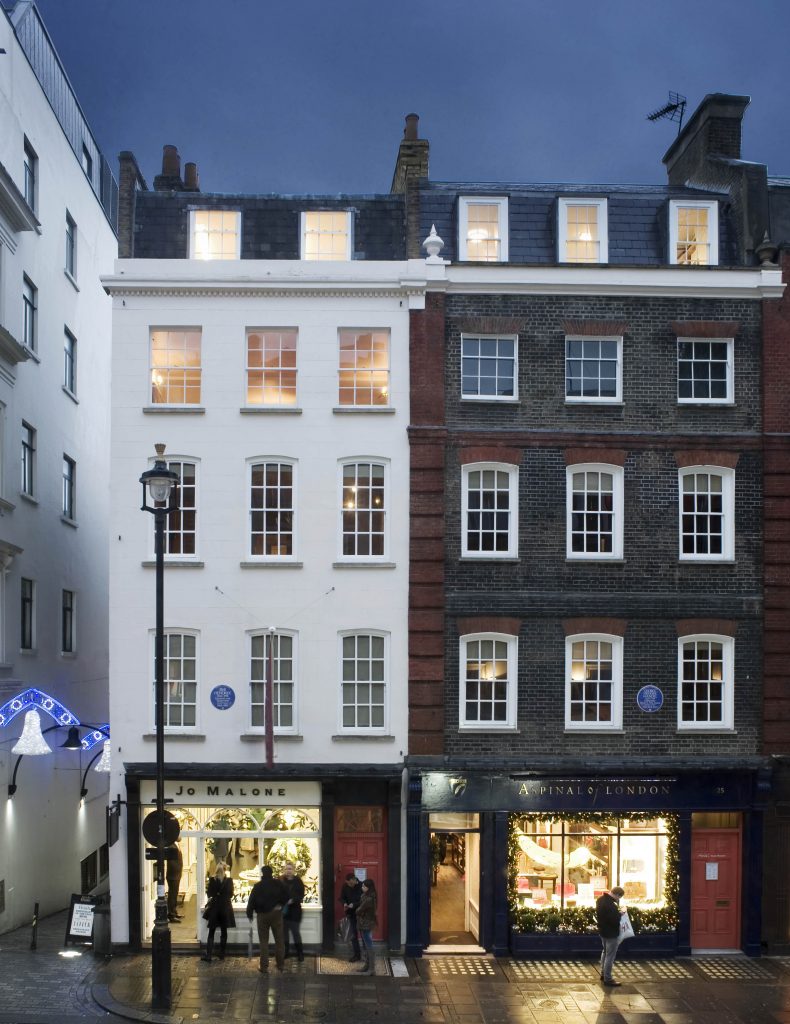
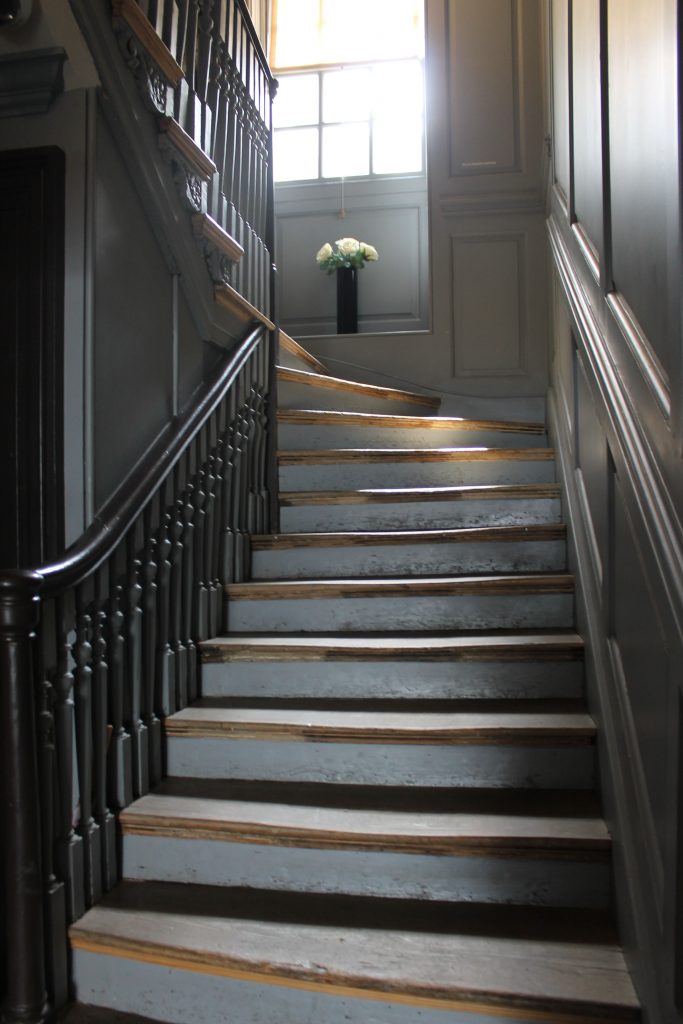
After purchasing a ticket to view both of the music figures’ houses, I walked upstairs to arrive firstly at the Handel House. The rooms have been arranged with furnishings and paintings to recreate a near accurate vision of what Handel’s house may have looked like. Visitors are also given an insight into Handel’s work through the archives and exhibits, and also about the people he had relationships with personally and professionally. There is his bedroom, the place where Handel breathed his last; the Rehearsal and Performance Room with a harpsichord where he would hold rehearsals and also entertain his guests with performances. The raw stripped back wooden floors are particularly charismatic (and creaky), and more so knowing that they are the original floorboards from his time, adding an exquisite element of time passed to the house.
Go up to the third floor and you are now transported to a different time frame, with a very different interior in the Hendrix flat, which was re-opened to the public permanently on February 2016 after a major refurbishment. The museum had much more material to work with when it came to recreating the Hendrix bedroom; through footage and photographs of the room and also by interviewing Kathy Etchingham, who was Hendrix’s former girlfriend with whom he shared the flat with, the museum was able to recreate the room to how it had been, accurate to the smallest detail. The effect is so homely that I feel a bit intrusive to be entering such a private room, especially in my outdoor shoes. The permanent exhibition has an archive showing the timeline of Hendrix’s life in London, as well as pop memorabilia including an electric guitar he had played many riffs during his career.
It’s interesting in both houses that the scale and furnishings very relatable, making both music giants seem suddenly down to earth and human. Given the increasingly expensive living costs we are having to deal with today, I could not help wondering how much rent they might have paid during the time they lived here, especially since it is in exclusive Mayfair. The archives in the museum answered my queries: Handel paid £30 a year for the whole house, and Hendrix paid £60 per week for his flat! Wow.
The Handel & Hendrix in London is celebrating its 15th anniversary this year since the opening of the museum. It has kept very active with a regular schedule of musical events and talks lined up for visitors to enjoy every month, a sweet reminder that echoes the events that the two musicians would have held in their homes for their guests.
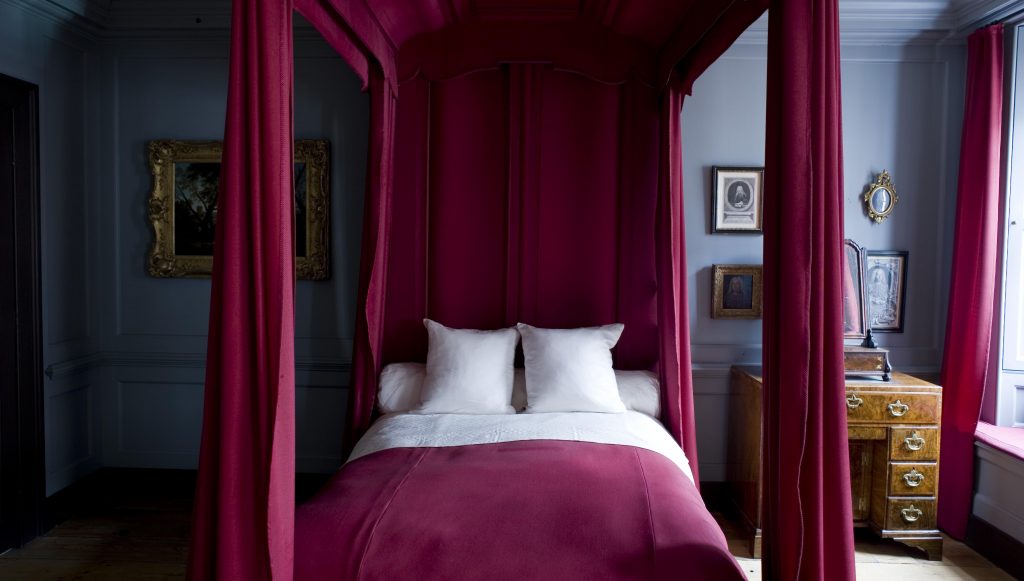
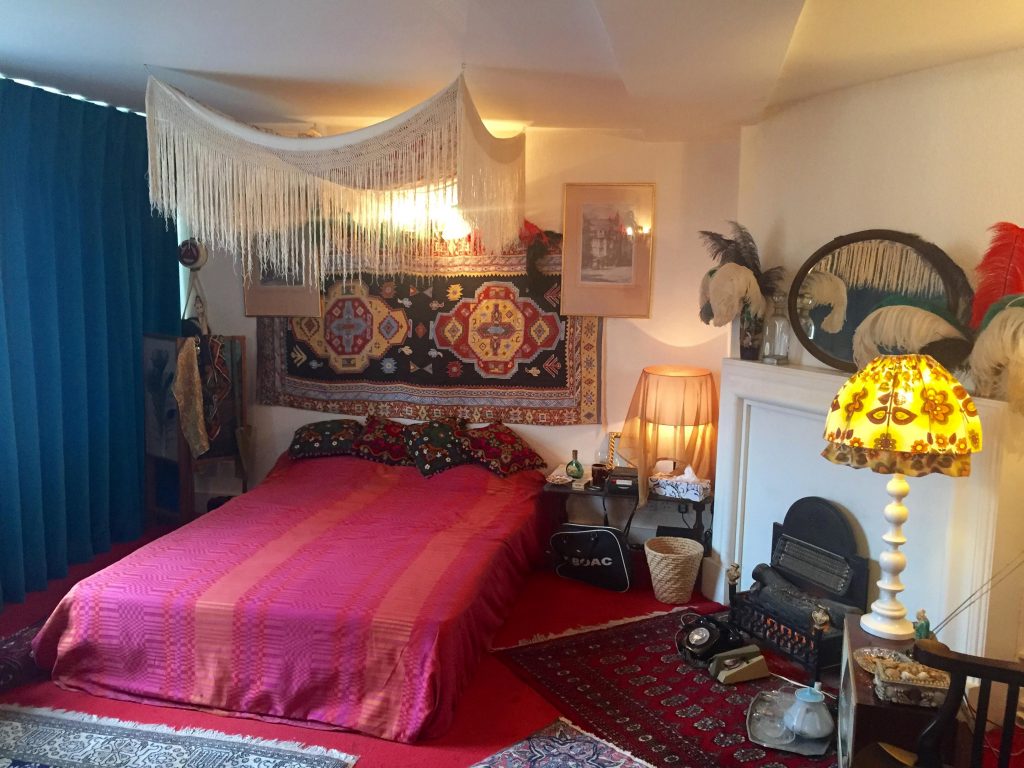
I don’t think I would have ever associated these two musical giants in one thought bubble, but thanks to The Handel and Hendrix in London, which celebrates the two icons’ lives within the homes they lived in, I realized that we have good reason to associate the two together. It’s also great to see two different sets of audiences for the different music genres come together into one heritage site.
